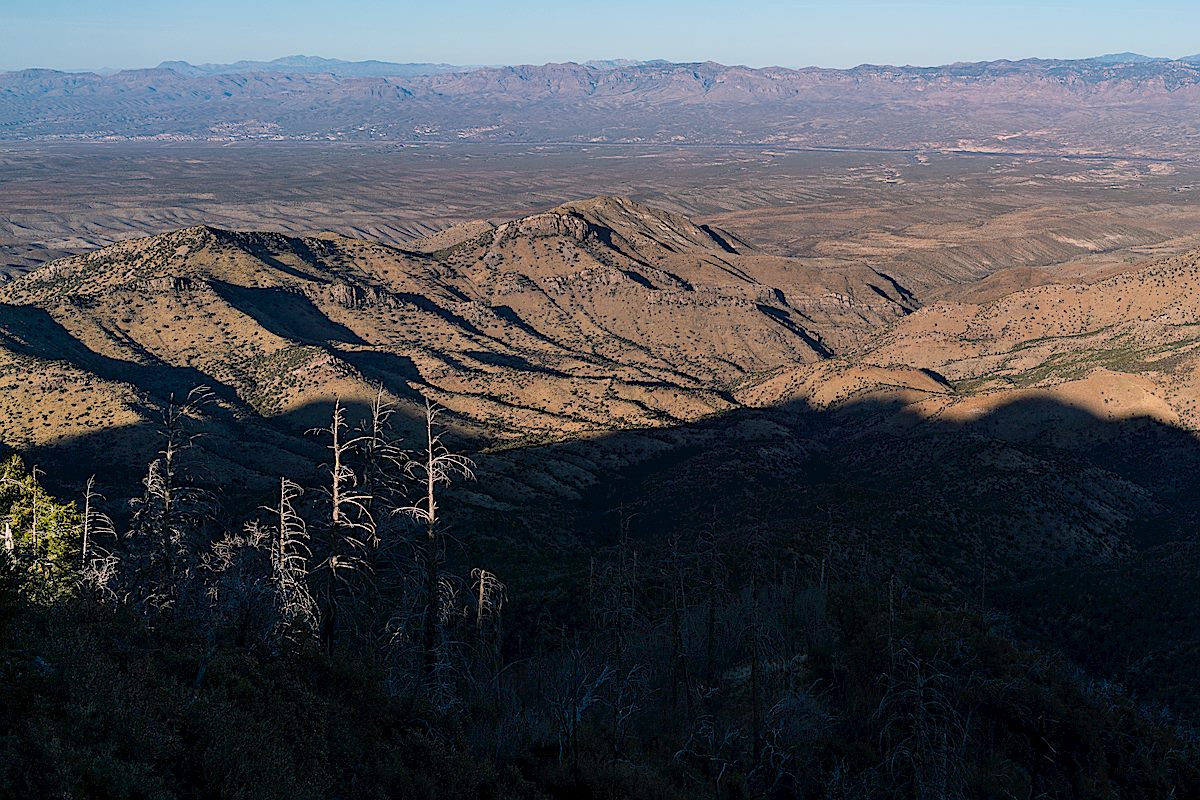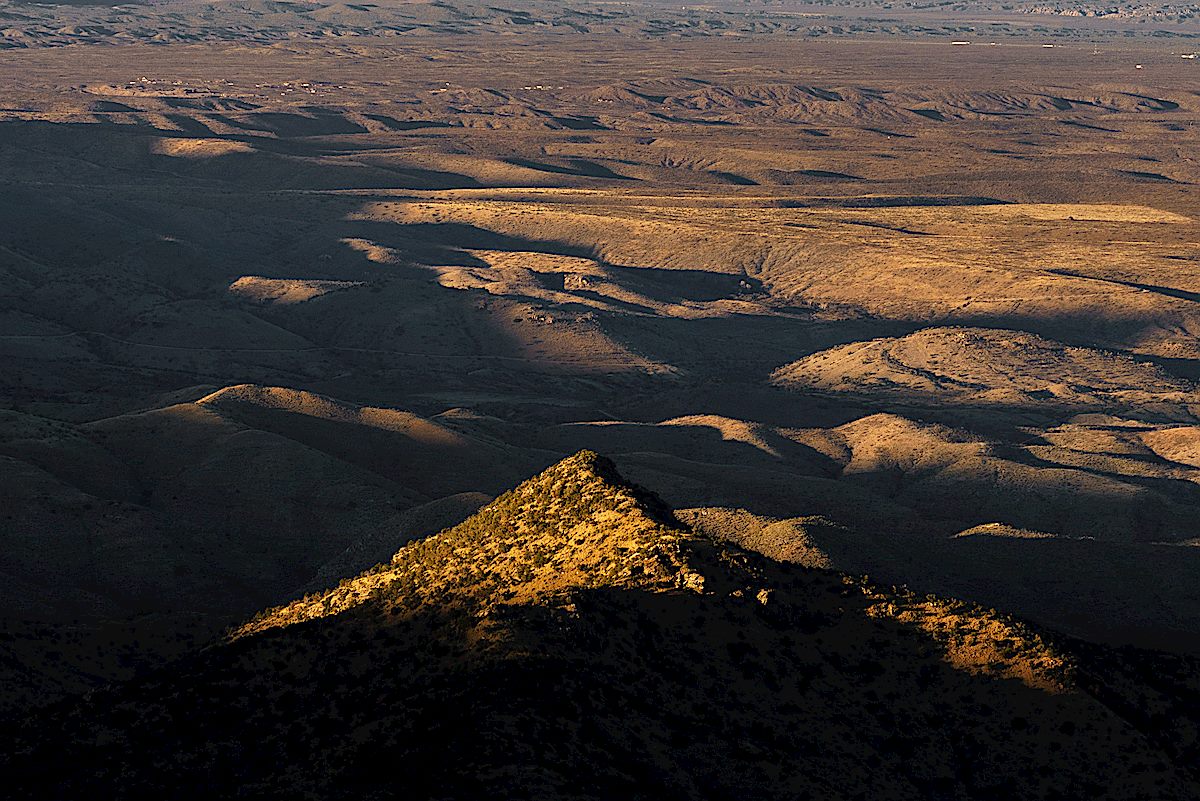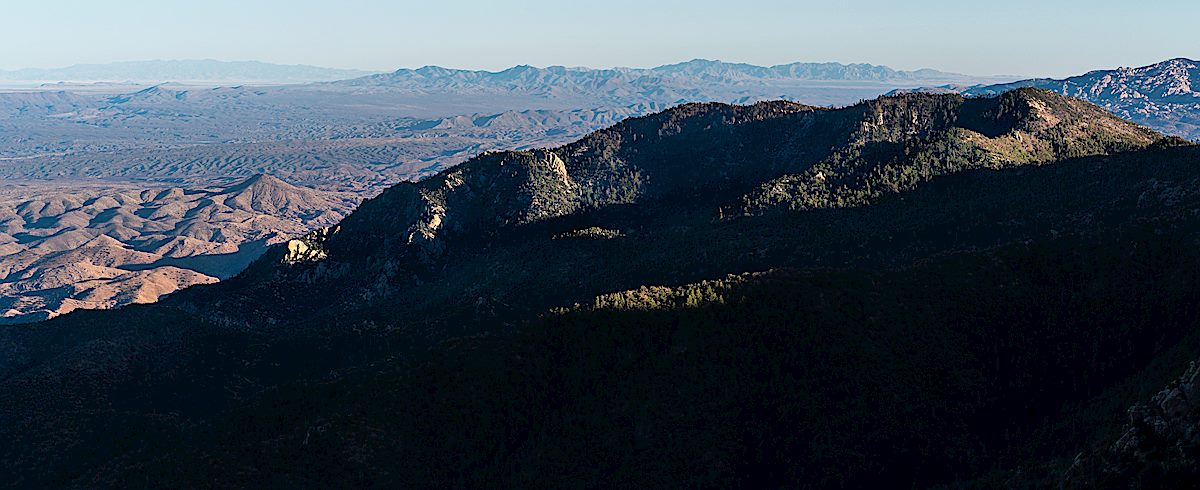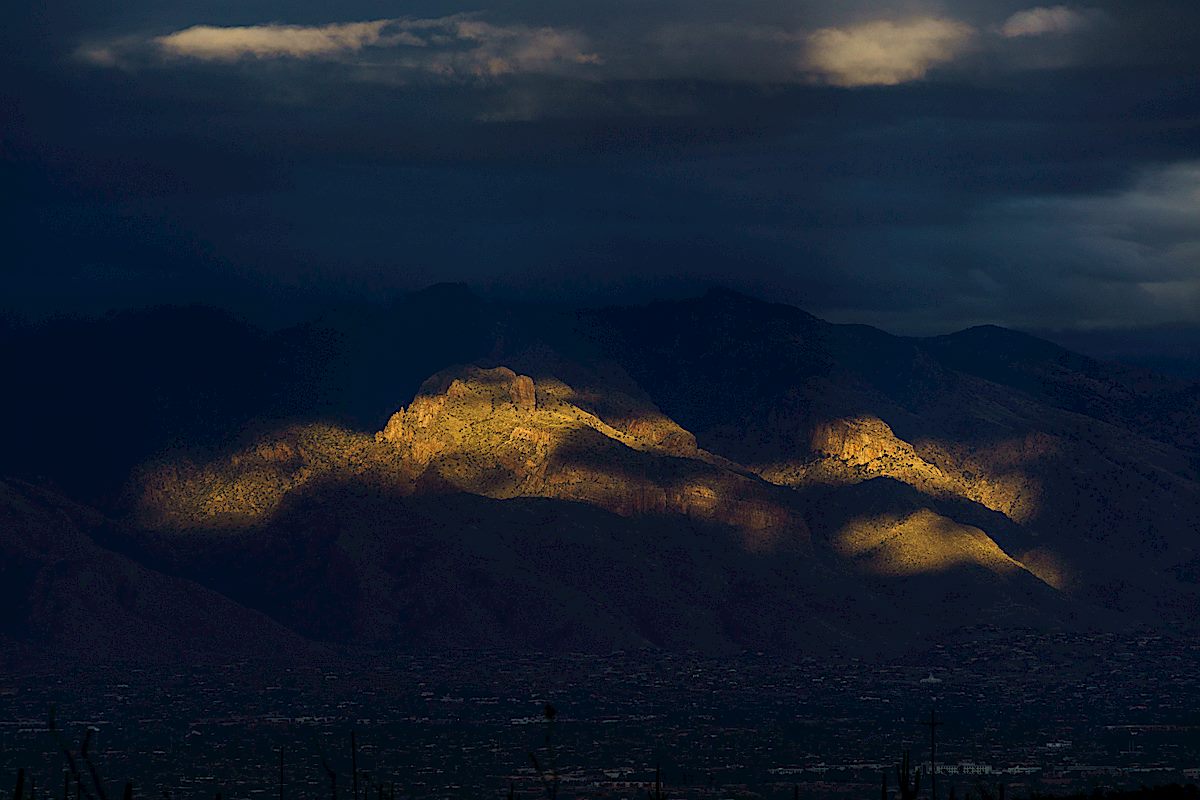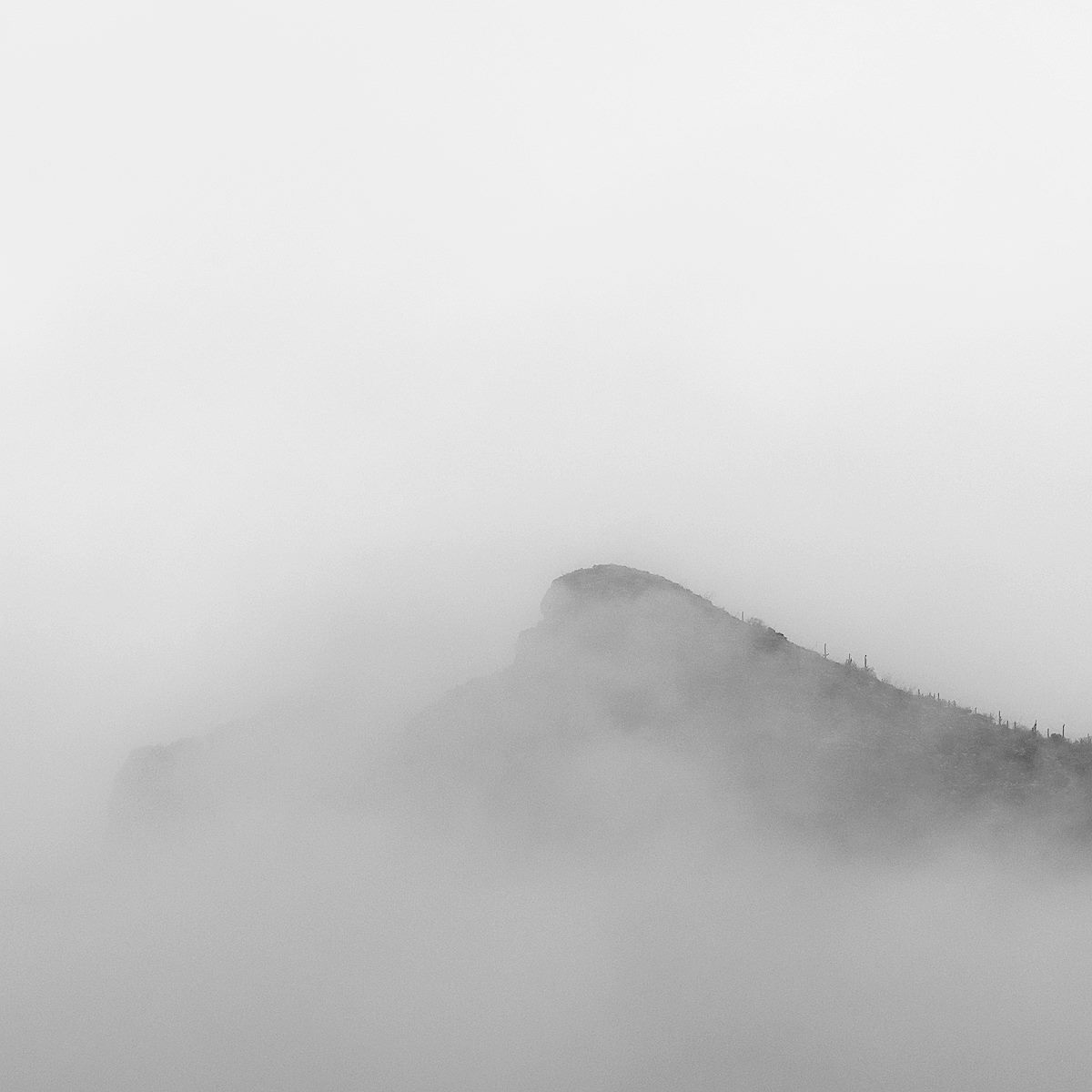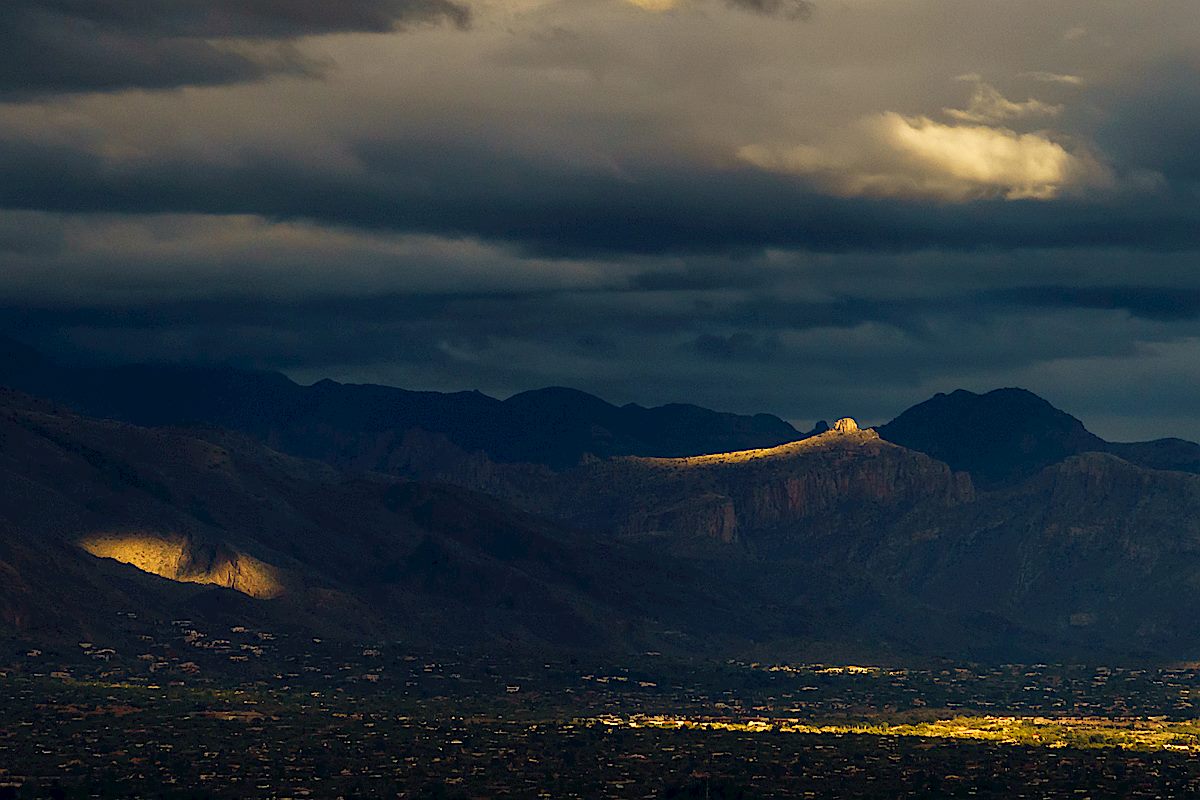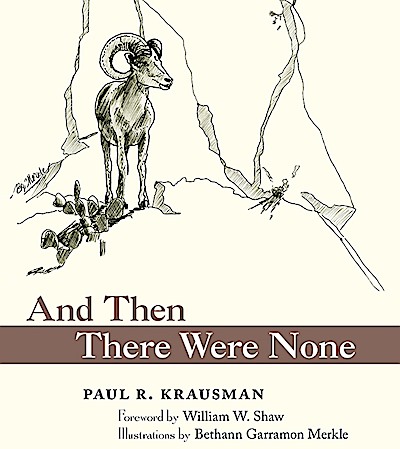
(This is Part Two of a series of Posts on the SunZia Transmission Line Project – the previous post was SunZia – Redington Road North to Buehman Canyon – 12/12/2017. See the bottom of either post for more information about SunZia.)
The rocks look like maps – they remind me of the shape of the San Pedro River and of the brutal line that the SunZia project may cut thru this landscape. On four different days I explored the canyons under, and terrain around, the proposed SunZia route – from the north edge of Buehman Canyon, across the hills to Edgar Canyon and up to the Brush Corral Road.

Recent rains must have filled Buehman Canyon with water – there is wall to wall slippery mud and debris pressed against the tree trunks. I suppose the power lines hanging overhead won’t change the canyon much, but there is an infinite difference between nothing and something.
Sitting on the south side of the Buehman Canyon the first stars of the evening appear over the SunZia route – towers on the canyon sides may eventually carry the transmission lines across Buehman Canyon – man-made shapes added to the dark silhouette of land below the stars.

Early in the morning the milky way is low in the sky and frost covers my gear, a cold start quickly changes to a warm day hiking north thru the desert. The SunZia route crosses the Brush Corral Road and continues across hills and small washes towards Edgar Canyon, both the Santa Catalinas and Galiuros are visible. A long set of access roads will be cut into these hills to construct and maintain the lines.




The lower section of Edgar Canyon is a surprise, more to explore, and more reason to come back, than I had guessed – like Buehman Canyon there aren’t towers or new access roads in the canyon bottom – ‘just’ a line imprisoning the sky. From the edge of Edgar Canyon the line follows hills and washes to the Davis Mesa Road.


It is sad to think about the changes coming to this landscape – I read Chris Townsend’s Thoughts on the Conservation and Restoration of Nature in Scotland while working on images for this post and found it encouraging and relevant – I am not familiar with the places and organizations in his post, but I suspect the subject will be immediately familiar regardless of your location:
Whilst the Gleann nam Fiadh track is depressing there is much that is positive in the conservation and restoration of nature in the Scottish hills and elsewhere in Britain. Not enough certainly but looking at what is being done can counter the feelings of despair when more damage occurs. It can also encourage a desire to help protect what is left and restore what we can. Public pressure is what counts here. I doubt many politicians would do much without it (there are a few who would, perhaps). It’s easy to think that one person can’t do anything and that signing petitions, sharing and commenting on posts on social media, and writing to representatives achieves nothing. However any effect from these actions is cumulative. If enough people take part then sometimes a momentum can build towards something happening. The alternative is to give up.

Some SunZia reading material:
- The SunZia site.
- The Cascabel Working Group’s SunZia Page has some current status information from the project and a link to a history of the group’s work “Helping the SunZia transmission line project to understand that the environmentally unique San Pedro River Valley is NOT a viable location for a major powerline corridor.”
- There are a tremendous number of documents associated with the project and I have certainly not read every page of every document – from the documents I have read my top suggestions are the Dissenting Opinion from Chairman Doug Little in the Arizona Corporation Commission’s Decision on Sunzia (2016) and Peter Else’s Comments on Sunzia from (2010).

